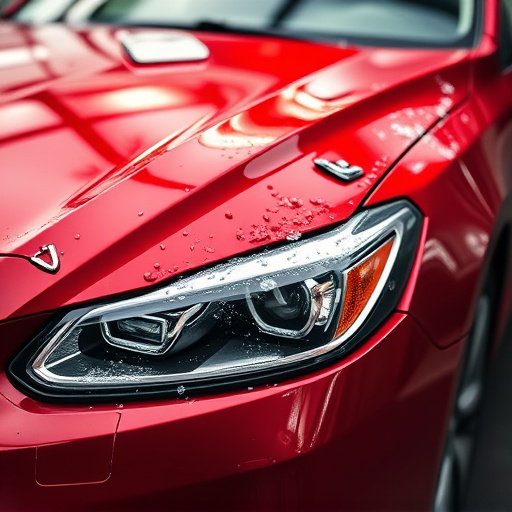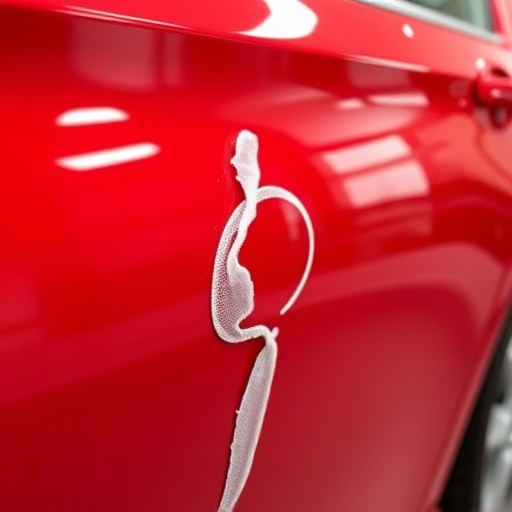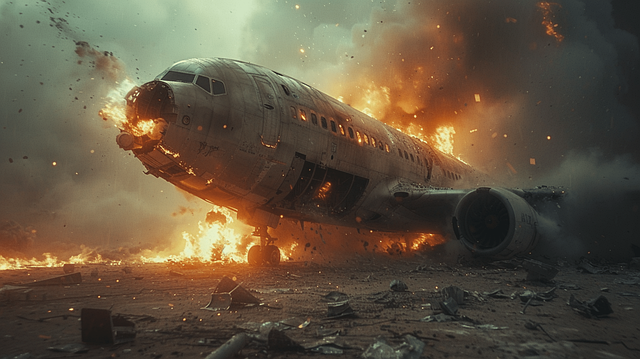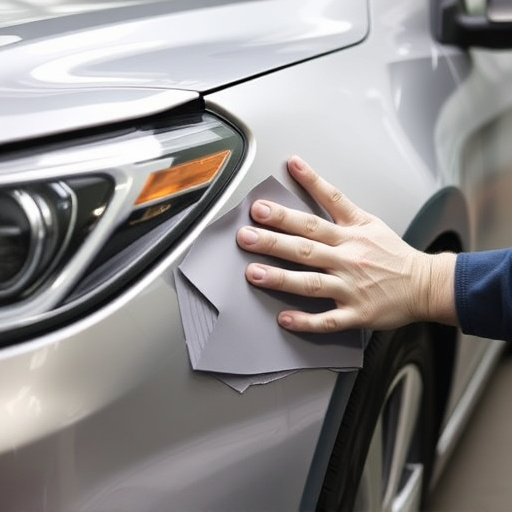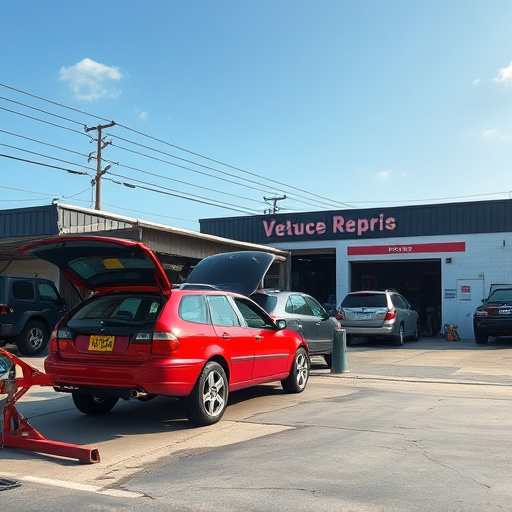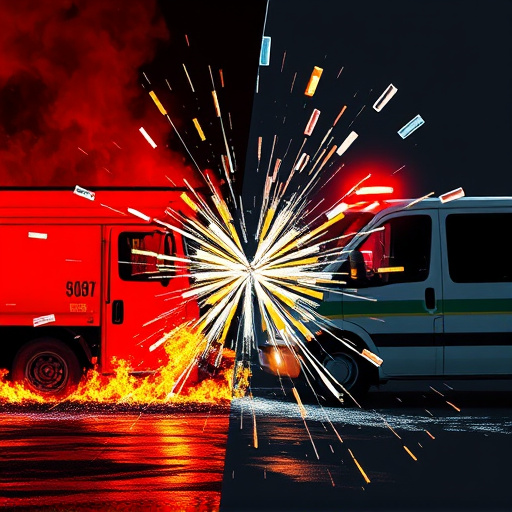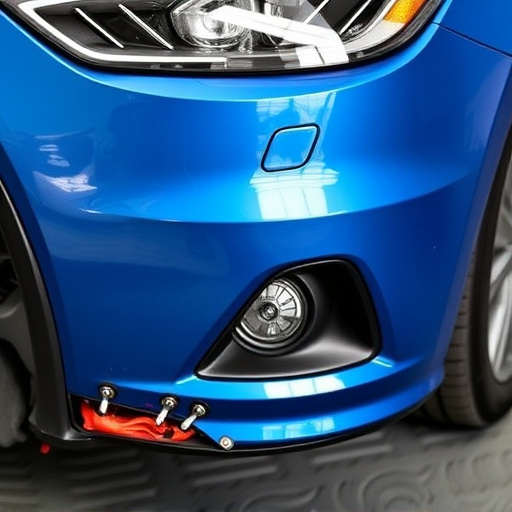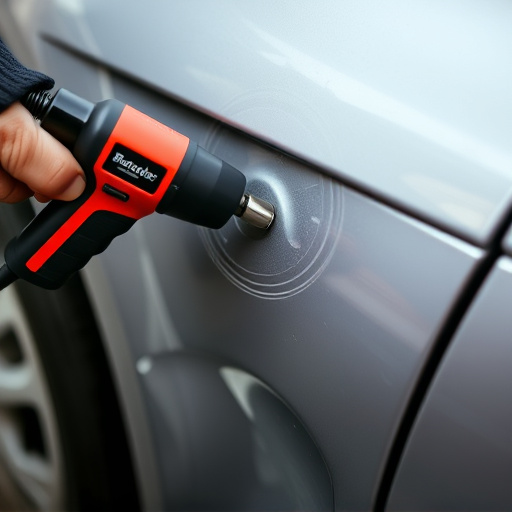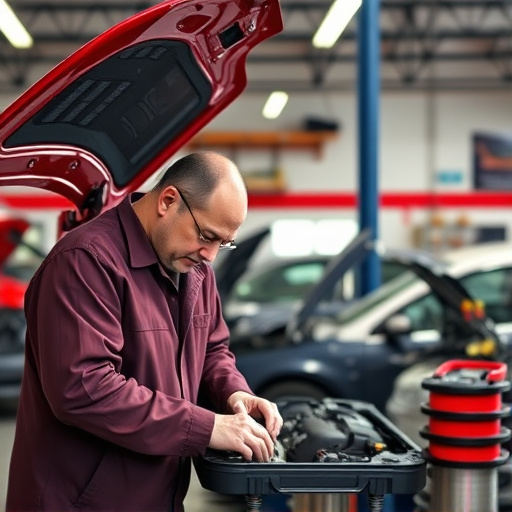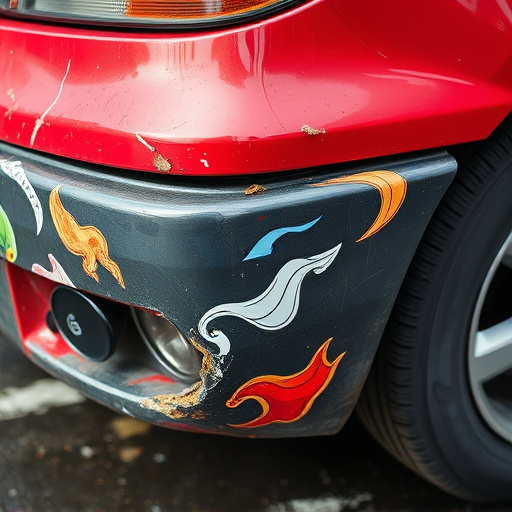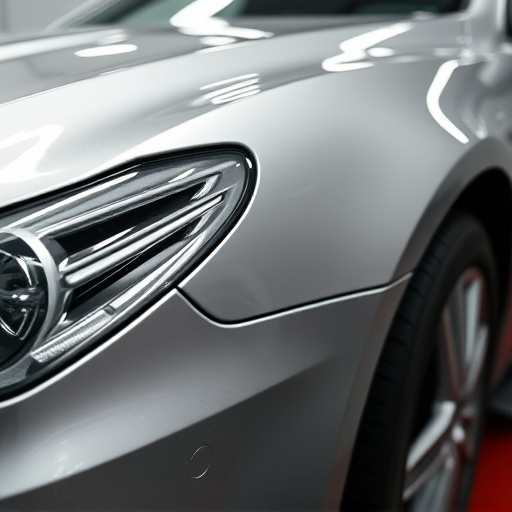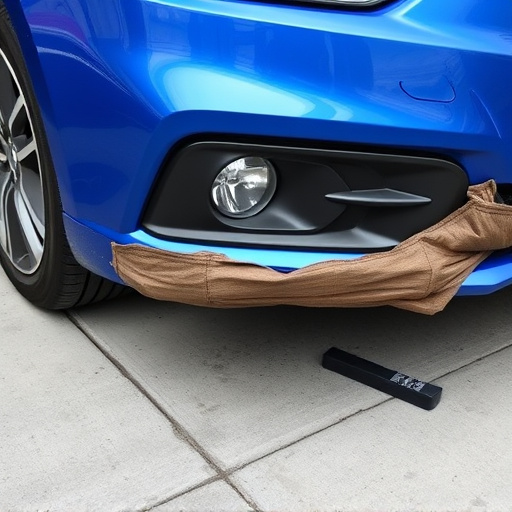Post-crash, inspect vehicles for engine mount collision damage (EMCD), like unusual noises or visible deformities. Severe EMCD requires immediate professional repair for safety and reliability. Minor accidents can cause hidden but significant strain on mounts, leading to future vehicle problems if unaddressed. Qualified mechanics use tools to detect cracks, misalignments, etc., and replace damaged mounts to prevent engine misalignment or leaks, ensuring safe operation.
After a vehicle crash, one component that may be damaged but often overlooked is the engine mount. A hit can cause subtle or obvious signs of collision damage to this crucial part, putting your engine at risk. This article explores the visual indicators that your engine mount has been compromised, delves into the common causes of post-crash failures, and provides a guide on diagnosing and replacing a damaged engine mount to ensure safe and reliable vehicle operation.
- Visual Signs of Damage to Engine Mount
- Common Causes of Engine Mount Failure After a Crash
- Diagnosing and Replacing a Damaged Engine Mount
Visual Signs of Damage to Engine Mount
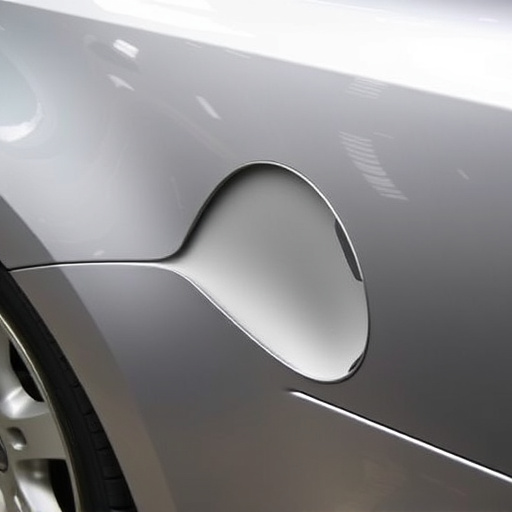
After a crash, it’s crucial to inspect your vehicle for signs of engine mount collision damage. One of the most visible indicators is the presence of unusual noises coming from under the hood. This could range from grinding or clicking sounds to a high-pitched whining—all of which might suggest that the engine mount has been compromised.
Visually, look for any signs of deformity or misalignment in the engine mounting components. These can include noticeable bulges, cracks, or bent metal, often accompanied by leaks from the engine area. While some minor dents or scratches repair may not immediately affect performance, severe damage to the engine mount requires immediate attention from a professional mechanic. Remember, prompt car collision repair ensures the safety and reliability of your vehicle.
Common Causes of Engine Mount Failure After a Crash
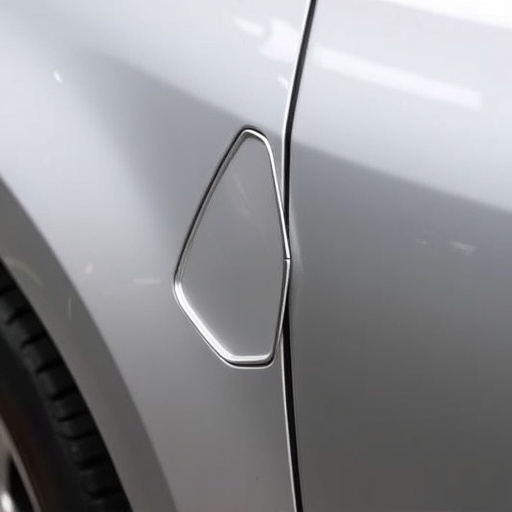
Engine mount failure after a crash is a common issue that can lead to serious vehicle problems. In many cases, even minor collisions can cause significant engine mount collision damage, as the force of the impact can strain or break the components holding the engine in place. High-speed crashes or impacts from the sides or rear are particularly likely to result in damaged engine mounts.
Several factors contribute to engine mount failure after a crash. Worn or poorly maintained engine mounts are more susceptible to damage, as are older vehicles with original equipment mounts. Harsh driving conditions, including frequent stops and starts and uneven road surfaces, can also accelerate wear and tear on these components over time. Additionally, severe weather events like hailstorms can cause damage during impact, leading to the need for hail damage repair or even car restoration in extreme cases.
Diagnosing and Replacing a Damaged Engine Mount
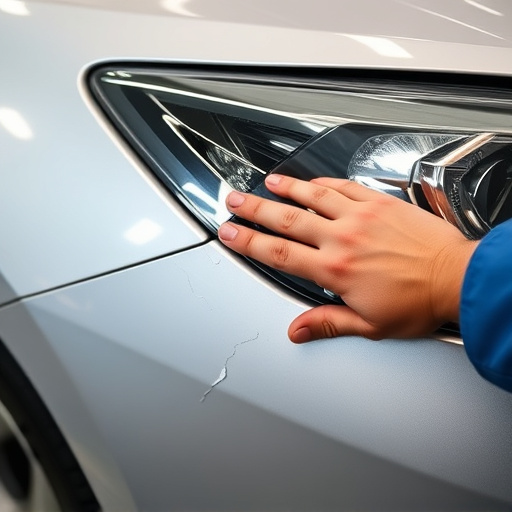
When a vehicle experiences a collision, especially a fender bender, it’s not always immediately apparent where the damage lies. One component that might be affected but often goes unnoticed is the engine mount. If your car has experienced a crash, it’s crucial to have it inspected for any signs of engine mount collision damage.
Diagnosing this type of damage involves a thorough inspection by a qualified mechanic or those offering expert car repair services at a trusted collision repair shop. They will visually examine the engine mount and surrounding components for cracks, deformations, or misalignments. Additionally, they may use specialized tools to check for proper tension and stability. If the engine mount is found to be damaged, replacement is often necessary as leaving it intact can lead to further complications, such as engine misalignment or leaks. Prompt action on these issues is key to ensuring safe and efficient vehicle operation, so don’t hesitate to reach out to car repair services if you suspect any collision damage, including engine mount-related problems.
If you’ve been in a crash and suspect your engine mount is damaged, don’t ignore it. Promptly diagnosing and replacing a faulty engine mount is crucial for both vehicle safety and performance. Remember, an intact engine mount prevents power loss, ensures optimal engine placement, and safeguards against further damage. In the event of a collision, even minor signs of engine mount collision damage should be addressed by qualified professionals to prevent future issues and ensure your vehicle’s longevity.
